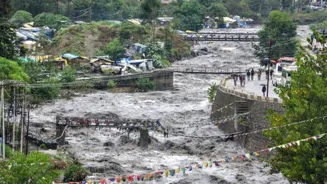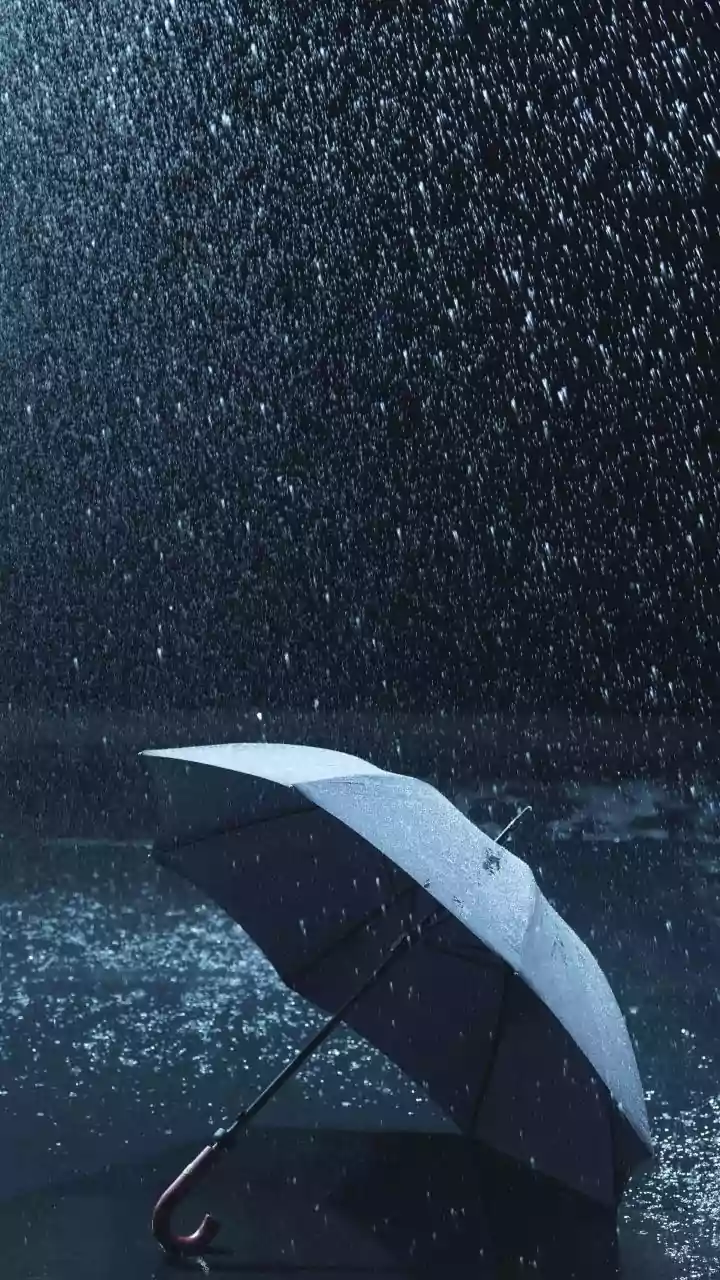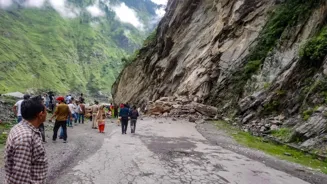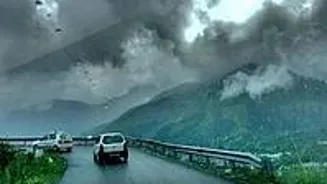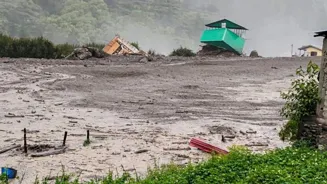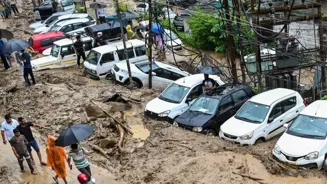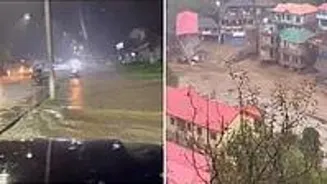Uttarkashi Cloudbursts, Mudslide: As Uttarkashibattles cloudburst and flash floods, among the solutions suggested by environmental experts is Vetiver grass. “Vetiver grass is highly effective for soil
stabilisation and erosion control, especially in the Himalayan regions where landslides and flash floods are becoming more frequent and deadly,” VC Shreeram Nath, Founder and Secretary of the Rameswaram VETIVER & Environmental Foundation,told News18. According to Nath, pilot projects with Vetiver grass in Himachal Pradesh’s districts such as Kullu, Mandi, and Kangra have shown a remarkable 60 per cent reduction in soil erosion, providing a proof of concept that could be replicated across other Himalayan states, including Uttarakhand.
Uttarakhand Cloudburst: Use of Vetiver grass, which is highly effective for soil stabilisation and erosion control in Himalayan regions, is one of many strategies that are used to protect ecologically sensitive zones pic.twitter.com/WPNxfmf7t0
— News18 (@CNNnews18) August 6, 2025
What is Vetiver grass?
Vetiver (Chrysopogon zizanioides) is a perennial grass native to India, known for its extremely deep, strong, and vertical root system. While it is commonly used in perfumes and traditional medicine, it has gained global recognition for its role in soil and water conservation, especially in areas prone to erosion and landslides.
Can Vetiver prevent landslides?
Vetiver grass prevents landslideswith its dense root system, which can grow up to three-four meters deep, even in poor soils. These roots form a strong underground network that binds the soil particles together, increasing shear strength and significantly reducing the risk of slope failure. Unlike many plants whose roots spread horizontally, vetiver’s roots grow straight down, helping stabilize steep slopes without competing with nearby vegetation.
How does Vetiver act as natural barrier?
On slopes and hillsides, especially in areas with heavy rainfallor human disturbance, surface erosion can quickly evolve into larger landslides. Vetiver acts as a natural barrier by slowing down surface water flow and trapping sediments. Its hedgerow planting technique is particularly effective: rows of Vetiver planted along contour lines create a filter that prevents water from gaining destructive speed downhill, thereby reducing surface runoff and erosion.
Multiple landslides continue to rattle Uttarkashi
News18’s @_anshuls reports from the ground, capturing the chaos, the concern, and the ongoing rescue efforts#UttarkashiFloods #UttarakhandFlashFlood #Uttarkashi #UttarakhandNews #Uttarakhand pic.twitter.com/Ulnsxe6dVm
— News18 (@CNNnews18) August 6, 2025
Vetiver is low maintenance and has high resilience
Vetiver is highly resilient—it can tolerate drought, heavy rainfall, poor soils, and even fire. It requires minimal maintenance once established, making it ideal for use in remote or rugged terrain. Its non-invasive nature (it does not spread aggressively or become weedy) makes it a safe ecological choice for long-term slope stabilisation.
How can they be used? The actual process
- The process begins with selecting erosion-prone areas such as slopes, riverbanks, or farmland and preparing the land by clearing debris and marking contour lines—these are horizontal lines that follow the natural level of the land to reduce water runoff speed.
- Vetiver is then planted in single rows or hedgerows along these contours, with each plant spaced about 10–15 cm apart and rows placed 1 to 2 meters apart vertically depending on the slope.
- Once planted, the Vetiver slips are watered and cared for during the initial weeks, ideally before the rainy season for natural irrigation.
- As the grass grows, its deep, vertical roots — reaching up to 3-4 meters — anchor the soil firmly, while the dense above-ground foliage slows down surface water, traps sediment, and prevents topsoil from being washed away.
- Over time, the hedgerows become thicker and more effective, creating a sustainable, low-maintenance barrier that significantly reduces erosion and helps stabilise the land.
Has Vetiver been used in landslide-prone regions?
Vetiver grass is increasingly used in landslide mitigation projects in hilly and mountainous regions, including parts of India (e.g., the Western Ghats, Northeast India, and Himalayan foothills), Nepal, Southeast Asia, and Africa. It’s also applied along road embankments, riverbanks, railway cuttings, and mining sites, where soil disturbance increases the risk of slope failure.
Vetiver is cost-effective and environment friendly
Compared to traditional engineering solutions like concrete retaining walls or gabions, Vetiver offers a low-cost, eco-friendly alternative. It integrates well with local ecosystems and can be used in combination with mechanical structures for enhanced protection.
With Agency Inputs






